Industry-Education Integration Case for AI+ Practical Teaching: Machine Tool Vibration Signal Recognition
DOI: 10.23977/acss.2025.090312 | Downloads: 22 | Views: 943
Author(s)
Chunhua Feng 1, Jiaqi Chen 1
Affiliation(s)
1 School of Mechanical Engineering, University of Shanghai for Science and Technology, Shanghai, China
Corresponding Author
Chunhua FengABSTRACT
With the continuous and rapid development of artificial intelligence (AI) technologies, educators are increasingly faced with the pressing challenge of how to effectively incorporate AI into professional instruction. Using the course "Mechanical Testing Technology" as an example, this study investigates how AI techniques can be applied to analyze vibration signals from machine tools, adopting an approach that integrates academic instruction with industry practices. Vibration signals often display nonlinear and time-dependent behaviors due to multiple variables such as tool degradation, workpiece material differences, and variations in cutting conditions. In such intricate environments, artificial intelligence shows considerable promise. This study emphasizes key processes including the real-time collection, filtering, and noise reduction of vibration data, along with the evaluation of machine tool vibration conditions using both time-domain and frequency-domain analytical methods. It not only confirms the effectiveness of AI-based approaches in recognizing vibration patterns in machine tools but also provides valuable insights and practical references for future research and applications in this area.
KEYWORDS
Industry-Education Integration, Vibration Signal Recognition, AICITE THIS PAPER
Chunhua Feng, Jiaqi Chen, Industry-Education Integration Case for AI+ Practical Teaching: Machine Tool Vibration Signal Recognition. Advances in Computer, Signals and Systems (2025) Vol. 9: 98-103. DOI: http://dx.doi.org/10.23977/acss.2025.090312.
REFERENCES
[1] Mohanraj, T., Shankar, S., Rajasekar, R., Sakthivel, N. R., & Pramanik, A. (2020). Tool condition monitoring techniques in milling process—A review. Journal of Materials Research and Technology, 9(1), 1032-1042.
[2] Hassan, I. U., Panduru, K., & Walsh, J. (2024). An in-depth study of vibration sensors for condition monitoring. Sensors, 24(3), 740.
[3] Chen, H. Y., & Lee, C. H. (2021). Deep learning approach for vibration signals applications. Sensors, 21(11), 3929.
[4] Umar, M., Siddique, M. F., Ullah, N., & Kim, J. M. (2024). Milling machine fault diagnosis using acoustic emission and hybrid deep learning with feature optimization. Applied Sciences, 14(22), 10404.
| Downloads: | 40875 |
|---|---|
| Visits: | 810848 |
Sponsors, Associates, and Links
-
Power Systems Computation
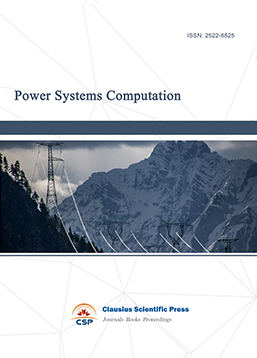
-
Internet of Things (IoT) and Engineering Applications
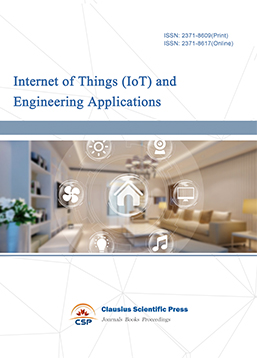
-
Computing, Performance and Communication Systems
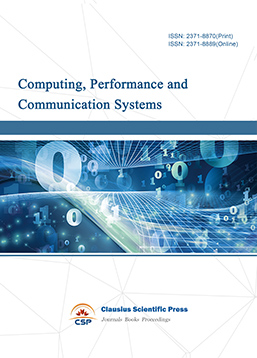
-
Journal of Artificial Intelligence Practice
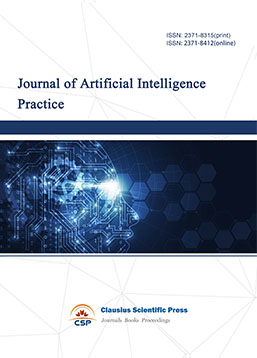
-
Journal of Network Computing and Applications
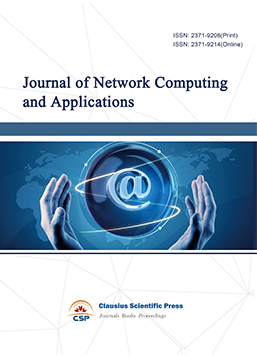
-
Journal of Web Systems and Applications
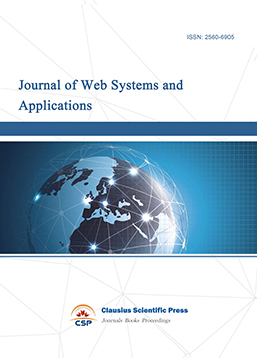
-
Journal of Electrotechnology, Electrical Engineering and Management
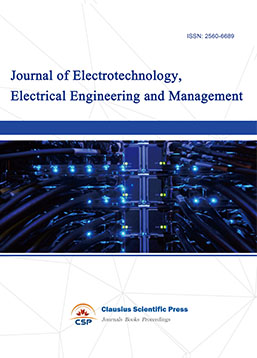
-
Journal of Wireless Sensors and Sensor Networks
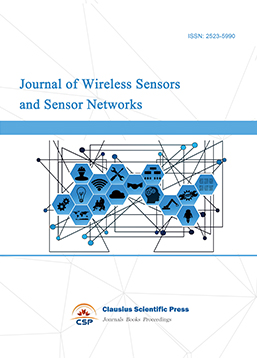
-
Journal of Image Processing Theory and Applications
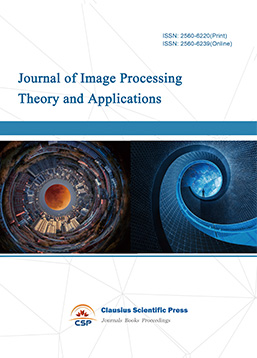
-
Mobile Computing and Networking
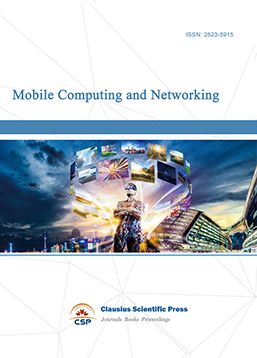
-
Vehicle Power and Propulsion
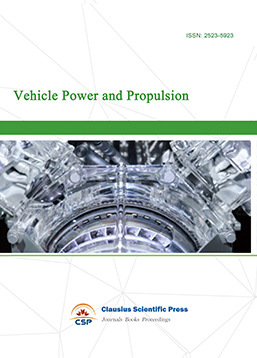
-
Frontiers in Computer Vision and Pattern Recognition
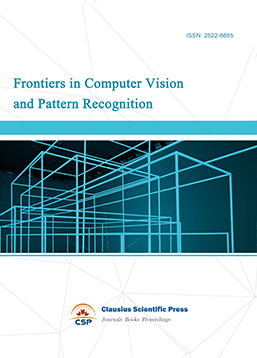
-
Knowledge Discovery and Data Mining Letters
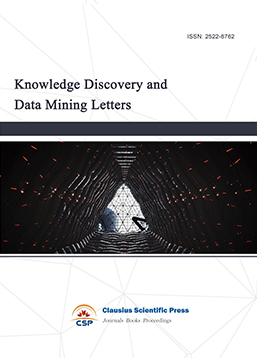
-
Big Data Analysis and Cloud Computing
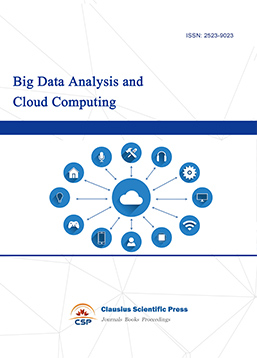
-
Electrical Insulation and Dielectrics
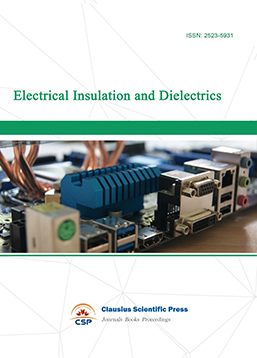
-
Crypto and Information Security
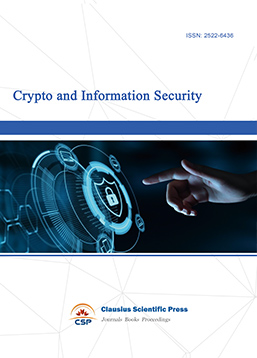
-
Journal of Neural Information Processing
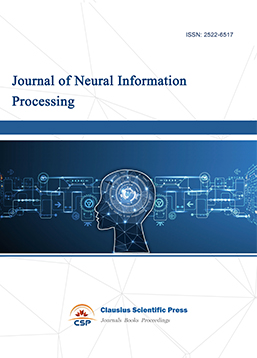
-
Collaborative and Social Computing
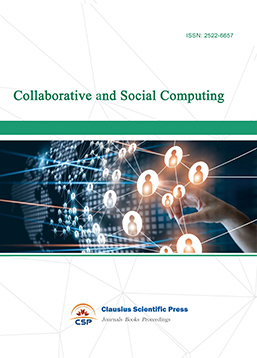
-
International Journal of Network and Communication Technology
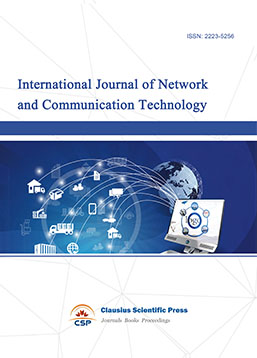
-
File and Storage Technologies
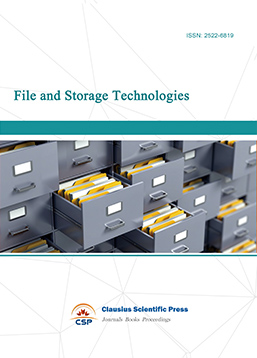
-
Frontiers in Genetic and Evolutionary Computation
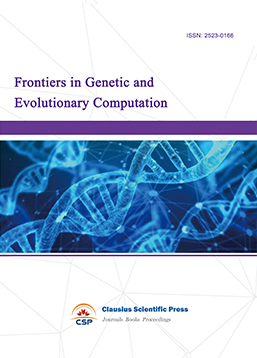
-
Optical Network Design and Modeling
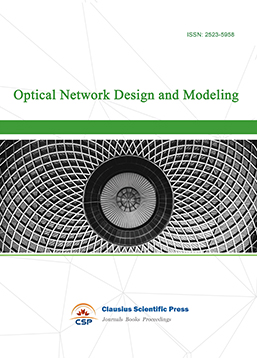
-
Journal of Virtual Reality and Artificial Intelligence
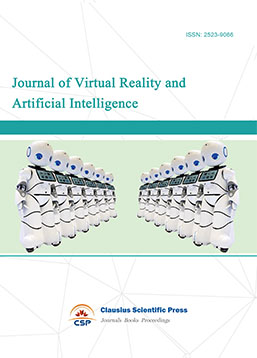
-
Natural Language Processing and Speech Recognition
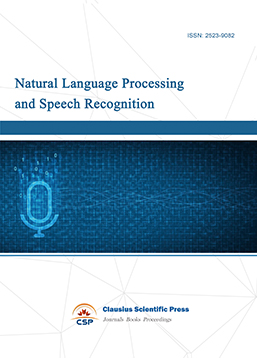
-
Journal of High-Voltage
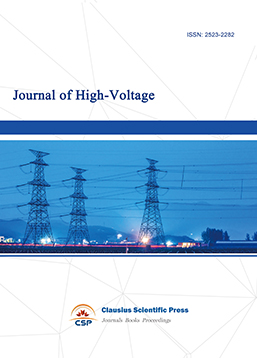
-
Programming Languages and Operating Systems
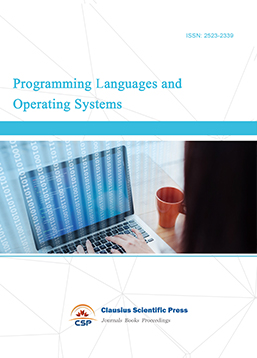
-
Visual Communications and Image Processing
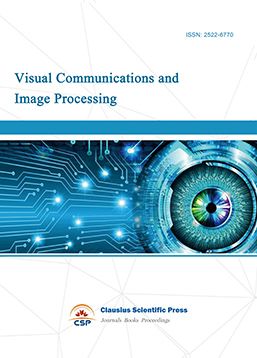
-
Journal of Systems Analysis and Integration
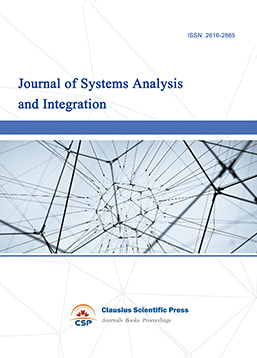
-
Knowledge Representation and Automated Reasoning
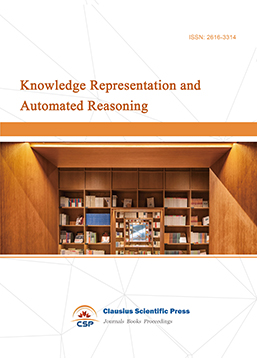
-
Review of Information Display Techniques
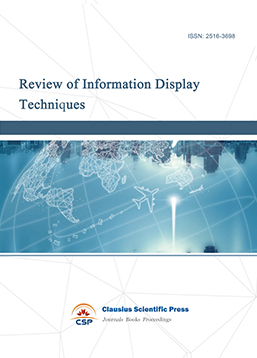
-
Data and Knowledge Engineering
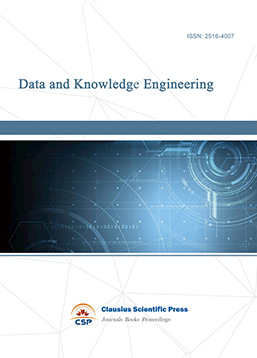
-
Journal of Database Systems
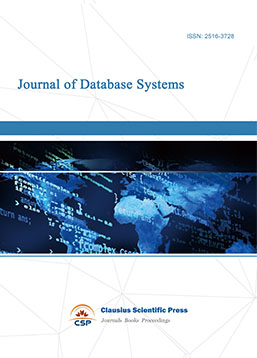
-
Journal of Cluster and Grid Computing
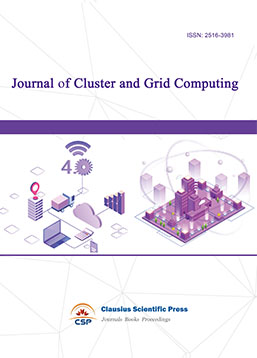
-
Cloud and Service-Oriented Computing
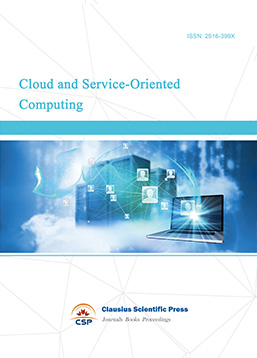
-
Journal of Networking, Architecture and Storage
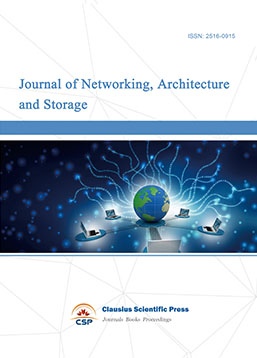
-
Journal of Software Engineering and Metrics
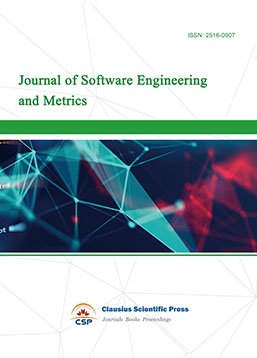
-
Visualization Techniques
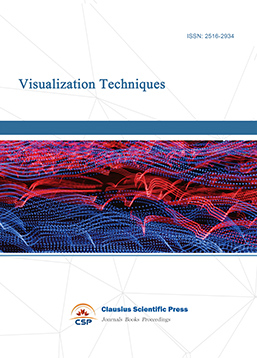
-
Journal of Parallel and Distributed Processing
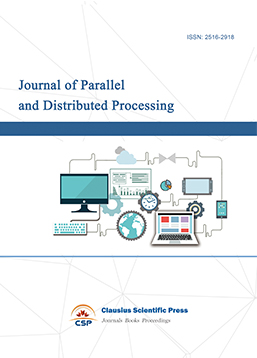
-
Journal of Modeling, Analysis and Simulation
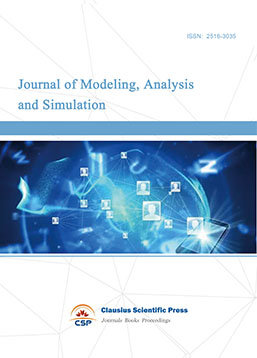
-
Journal of Privacy, Trust and Security

-
Journal of Cognitive Informatics and Cognitive Computing
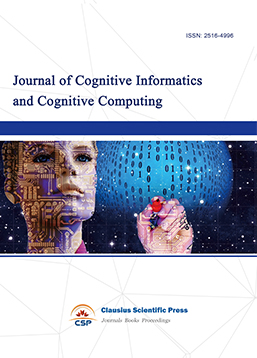
-
Lecture Notes on Wireless Networks and Communications
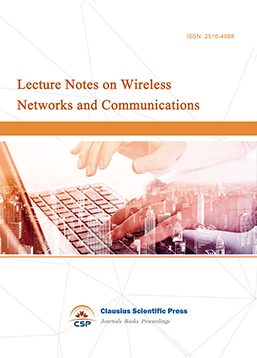
-
International Journal of Computer and Communications Security
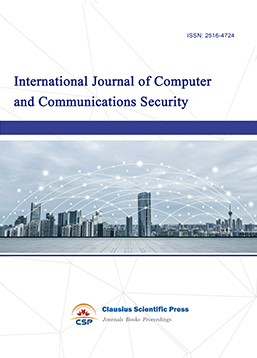
-
Journal of Multimedia Techniques
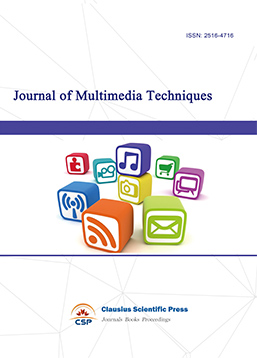
-
Automation and Machine Learning
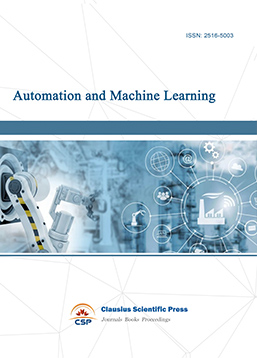
-
Computational Linguistics Letters
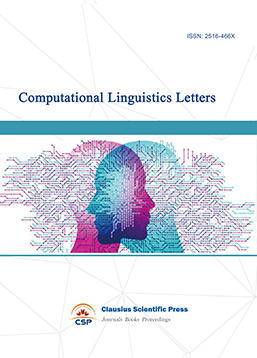
-
Journal of Computer Architecture and Design
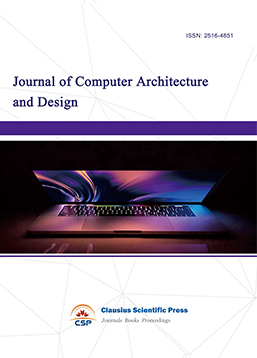
-
Journal of Ubiquitous and Future Networks
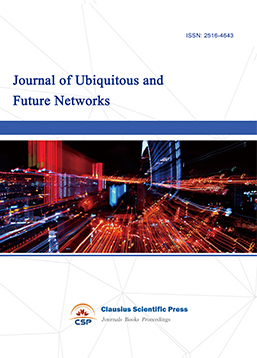

 Download as PDF
Download as PDF